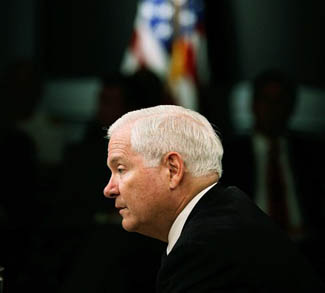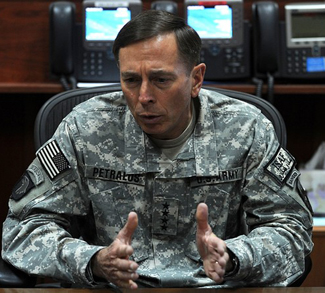The 75-year-old North Atlantic Treaty Organization (NATO) is currently facing one of its most challenging periods. As the Russian military continues its so-called special military operation in Ukraine and wages a multifaceted war against NATO member states, domestic political challenges are escalating on both sides of the Atlantic. The rise of far-right parties in Europe, which seek to reduce their countries’ military-security dependence on US-led NATO and foster closer ties with Russia, further complicates the situation. Additionally, the upcoming 2024 US presidential election poses a unique threat to NATO’s stability and cohesion.
Former President Donald Trump, the current Republican candidate, holds an unconventional perspective on the future of the coalition compared to his Democratic opponent. Trump has frequently sent mixed messages about America’s commitment to collective defense and has repeatedly threatened to withdraw the United States from the coalition. This stance sharply contrasts with the actions of President Joe Biden, who has consistently focused on strengthening and expanding NATO, particularly in response to Russia’s invasion of Ukraine. In reaction to Trump’s threats, Congress passed the National Defense Authorization Act last year, requiring a two-thirds majority in the Senate or separate congressional approval for any president to withdraw the United States from NATO.
NATO, established in 1949, was created to prevent another European war involving the United States, ensure the security and prosperity of the North Atlantic community through free trade, and uphold the post-war international order. Over the decades, NATO has not only faced numerous challenges but has also strengthened and consolidated U.S. dominance on the global stage. Despite internal and geopolitical challenges during and after the Cold War, NATO remains resilient. U.S. presidents have consistently maintained their commitment to NATO, and congressional support has remained robust, even amidst a rise in isolationism within the Republican Party, largely influenced by Trump.
Having said that, the upcoming 2024 elections and Trump’s potential re-election are critical for the future of the coalition, despite its current support and last year’s legislative resolution backing NATO. Can Trump, if re-elected, withdraw the United States from NATO even with Congress’s increased role and reduced presidential powers per this resolution?
Regrettably, this congressional initiative may not entirely shield NATO from potential destructive actions during Trump’s second term. Even if legally constrained from withdrawing the U.S. from NATO, Trump could still wield influence to undermine the alliance, potentially eroding longstanding U.S. support beyond recognition.
A historical assessment reveals that the powers of American presidents in foreign policy have significantly increased over time. Conversely, Congress, once an indispensable force in foreign policy from the Second World War to the 1990s, has seen its influence severely diminished. The growing polarization of domestic politics in the United States has greatly weakened Congress’s supervisory and bargaining power in foreign policy, reducing its ability to influence the president’s decisions, particularly in global affairs.
For a president inclined to weaken NATO, numerous military and diplomatic options exist to undermine and paralyze the alliance. Diplomatically, the president could choose not to send an ambassador to NATO or refrain from dispatching the secretaries of state and defense, along with other officials and experts, to NATO meetings at both ministerial and expert levels. While Congress retains the authority to summon government officials for explanations and accountability, its power and capacity to oversee foreign policy have significantly diminished over time.
As commander-in-chief, the president has the authority to take significant actions. For instance, the president can withdraw U.S. equipment, weapons, and military forces, effectively nullifying the country’s obligations, even those enshrined in contracts or treaties. The president could also choose not to appoint a NATO Supreme Allied Commander, a position traditionally held by an American. Additionally, as Trump recently suggested in a controversial campaign rally speech, the president can determine and declare that the United States may not necessarily invoke or comply with Article 5 to assist a NATO member under attack.
It’s important to consider that even if a president’s adversarial efforts against NATO do not fully succeed, such actions could exacerbate existing uncertainties and deepen divisions within Europe, particularly amidst domestic challenges spurred by the rise of the radical right. Consequently, formal withdrawal from NATO might not be necessary for the U.S. president to weaken the alliance significantly.
While the Congressional resolution symbolizes ongoing bipartisan support for NATO, if the U.S. president decides that NATO membership is no longer beneficial, the alliance should be able to proceed without the United States. The war in Ukraine has underscored Europe’s dependence on U.S. support for its security. Even if Europeans increase their defense spending as Americans desire, achieving the necessary capacity will take decades. NATO remains effective, but its future is now tightly linked to the 2024 U.S. election. Trump’s re-election poses an existential threat to the coalition.
The views expressed in this article belong to the author(s) alone and do not necessarily reflect those of Geopoliticalmonitor.com.




